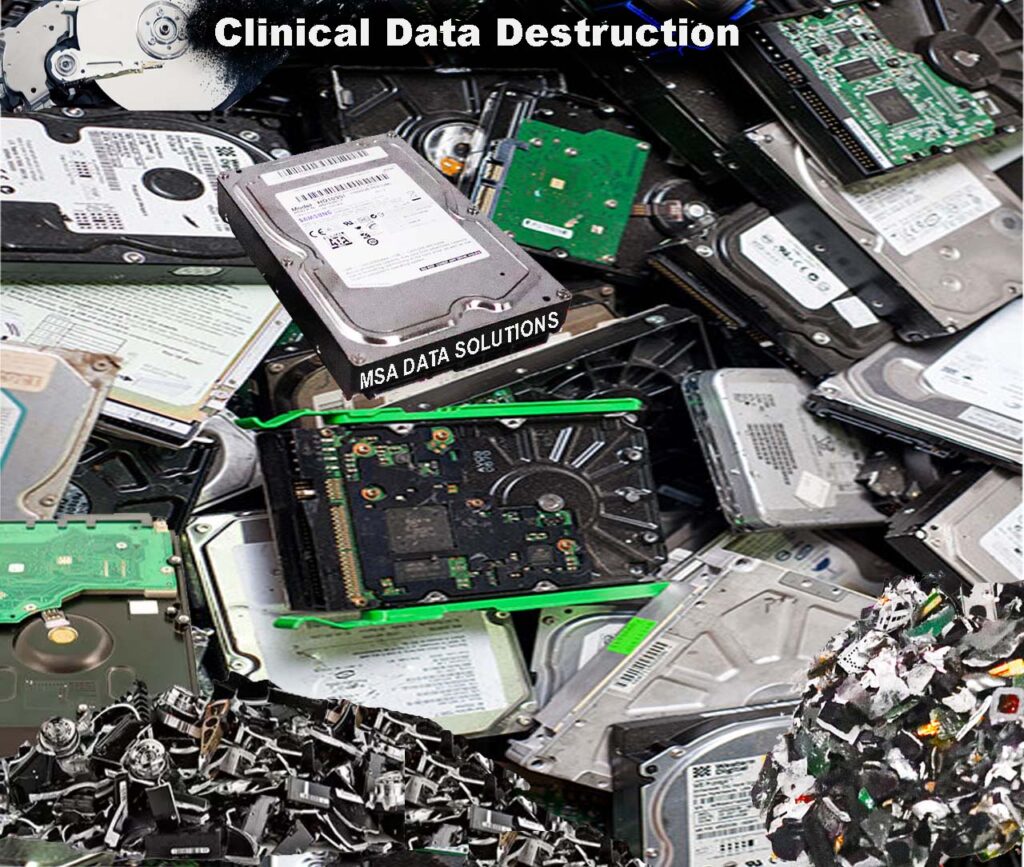The GDPR exists to ensure that personal data is properly secured and protected against data breaches, leaks and hacking. So before you recycle your old computer or donate it to a charity shop make sure that you have removed all of the data from it.
Resetting the PC or formatting the hard drive will not remove all of the data, even if you have deleted your files prior to carrying out the procedure. If you are wanting to recycle the computer then you will need to have the data wiped from it permanently, this is not only for your protection but is also a legal requirement under the Data Protection Act.
Data is stored as binary numbers, by magnetism, electronics or optics and you have to remember that data is not only stored on the hard drive, it is also stored on other components within the computer. The computer’s BIOS for example contains operating instructions, including passwords stored as data in its electronic memory.
If you are considering recycling your old tech then you should give us a call and we will carry out an in depth “Clinical Data Destruction” procedure to “Ministry Standards” and return a clean machine to you. We can even re-instate the operating system, drivers and supporting software so that the machine can be donated fully functional.
Data Disposal:
If you are wanting to permanently dispose of your old computer, then we can carry out a level one destruction of the components that may contain data, this includes the hard drive, processor, bios and memory chips.
Enterprise Drives:
Enterprise class drives are constructed with heavy duty components and are designed to withstand higher temperatures and prolonged usage. Enterprise SSDs are typically made of longer-lasting flash memory and use different architectures to optimise performance, and often house three boards rather than the one found in consumer drives. Enterprise HDDs are constructed with heavy duty components including a headstock with higher structural rigidity, larger magnets and air turbulence controls, and double-anchored spindles. In addition, they often contain heat sinks and cooling tubes. So given the durability and the amount of heavier components installed into these drives, you will appreciate that they cannot always be destroyed by conventional means.
GDPR – The General Data Protection Regulation
PII – Personally Identifiable Information
CUI – Controlled Unclassified Information


